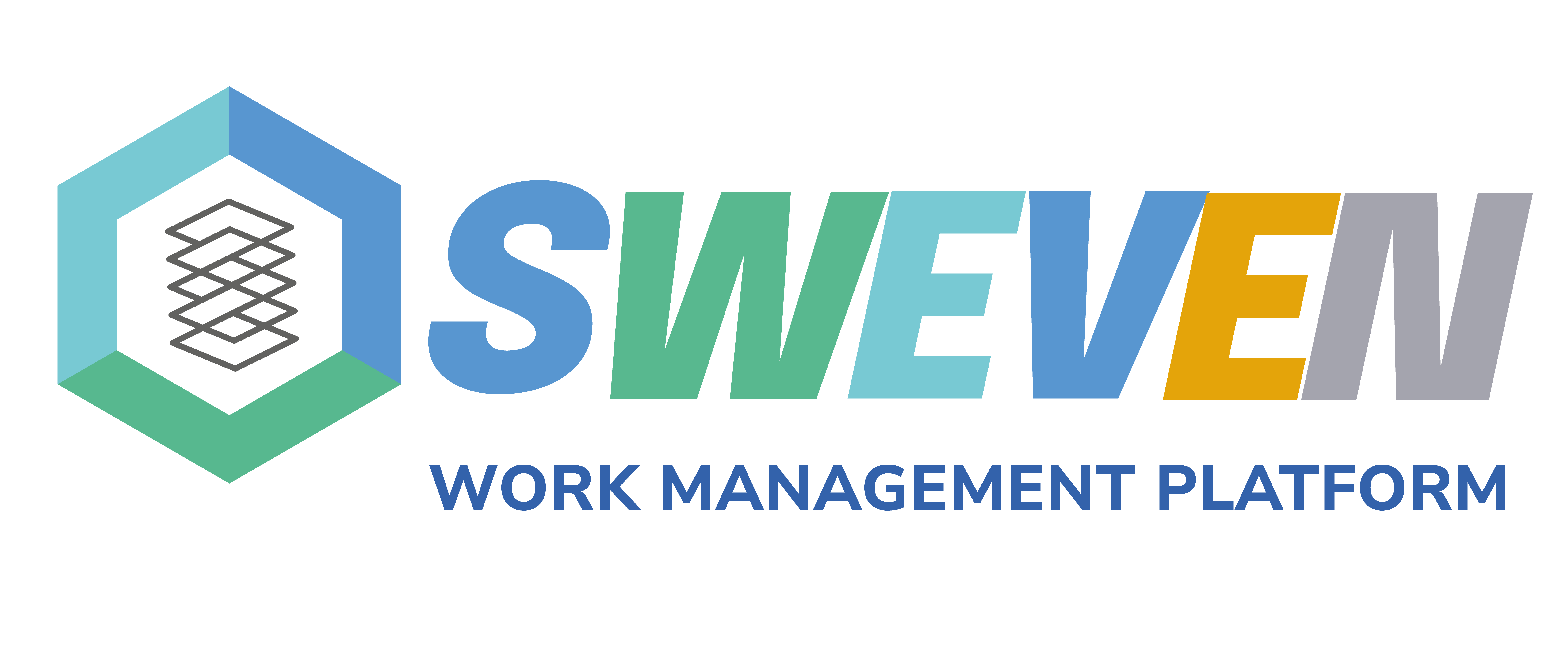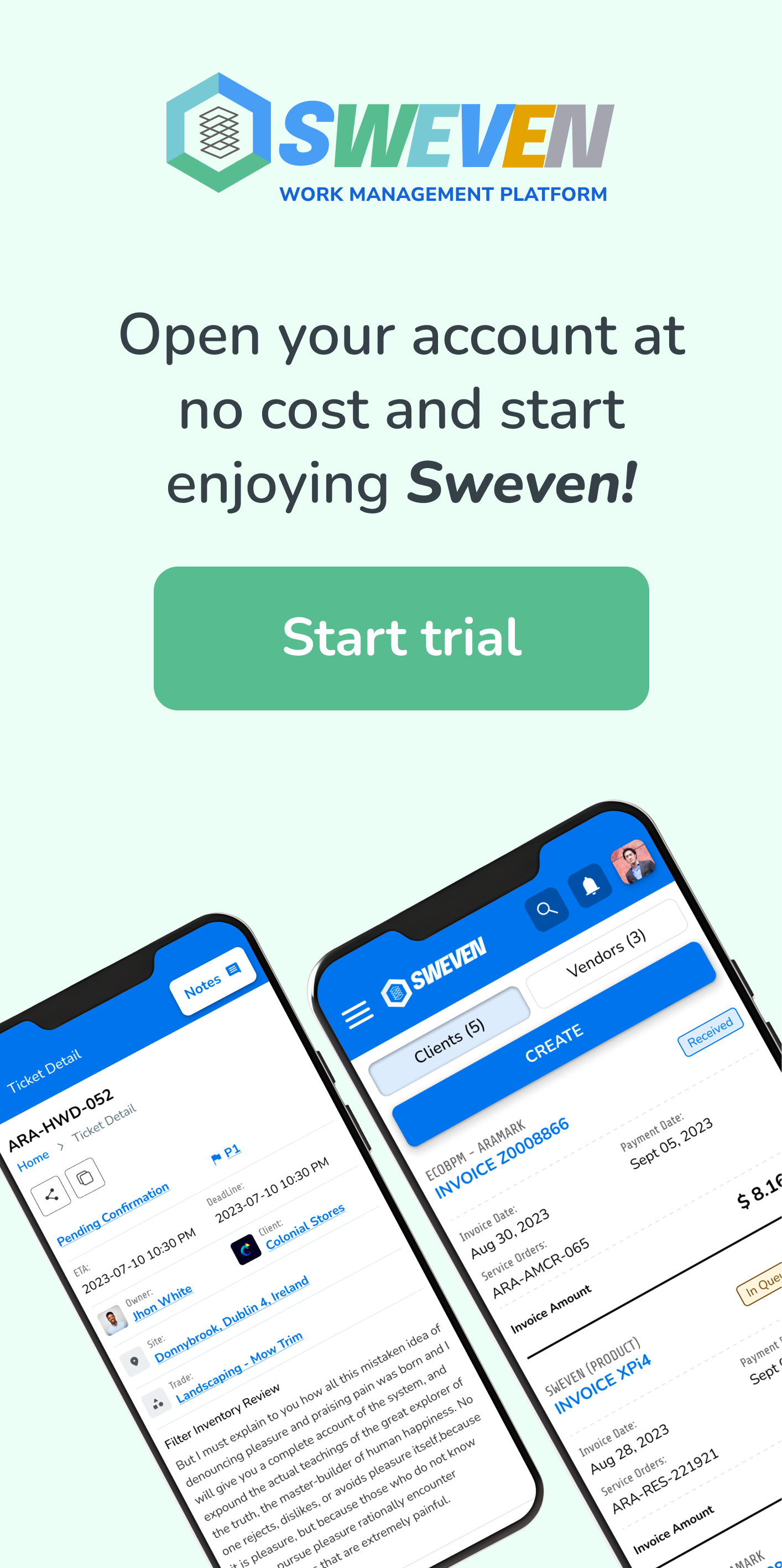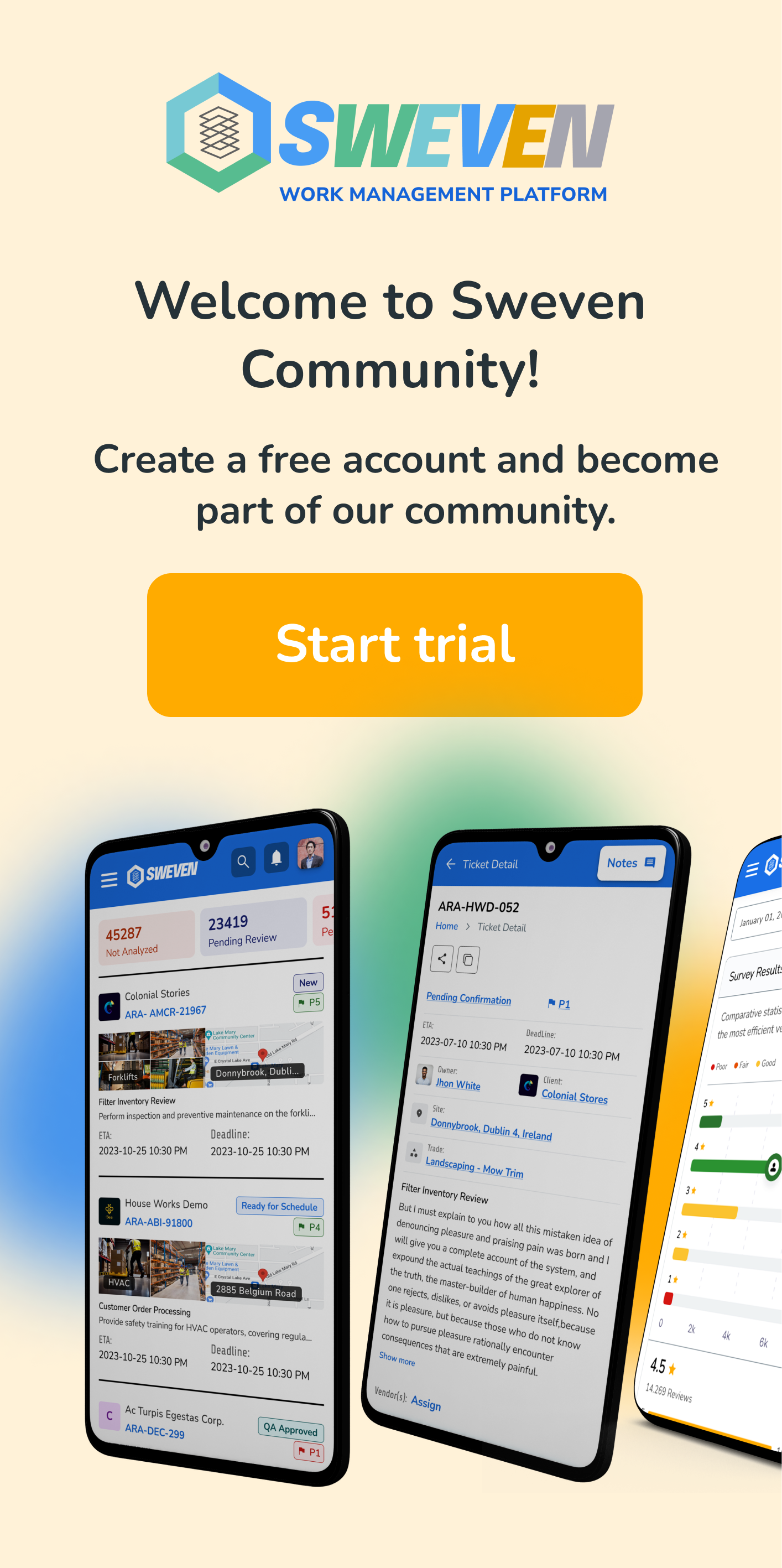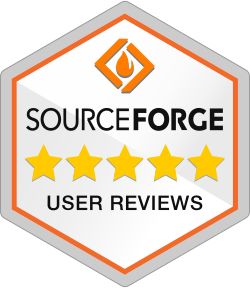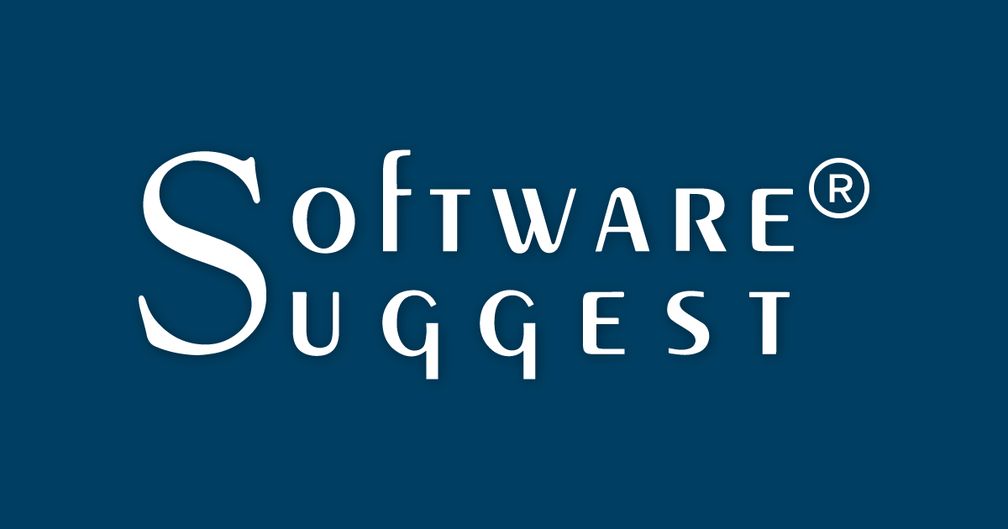Introduction:
In the realm of project management, efficient resource allocation is crucial for meeting project deadlines, maximizing productivity, and achieving overall success. However, many organizations struggle with allocating resources effectively across multiple projects and teams, leading to bottlenecks, delays, and inefficiencies. To address this challenge, organizations can leverage resource management software—a powerful tool that enables transparent resource allocation and optimization. In this blog post, we delve into how technology-driven resource management can streamline resource allocation processes, ensure optimal resource utilization, and drive project success.

The Challenge of Ineffective Resource Allocation
In today’s dynamic business environment, organizations often juggle multiple projects simultaneously, each requiring various resources, including personnel, equipment, and finances. However, without proper resource management processes in place, organizations may encounter challenges such as overallocation, underutilization, and conflicting priorities, which can lead to project delays, cost overruns, and decreased productivity. This lack of transparency and optimization in resource allocation hinders project success and organizational efficiency.
The Solution: Utilizing Resource Management Software
Resource management software offers a comprehensive solution for optimizing resource allocation and enhancing project efficiency. These tools provide features such as resource tracking, capacity planning, and scheduling capabilities, enabling organizations to allocate resources transparently, balance workloads effectively, and align resources with project priorities. By leveraging technology-driven resource management, organizations can streamline resource allocation processes, minimize conflicts, and ensure optimal resource utilization across projects and teams.

Key Benefits of Technology-Driven Resource Management:
- Transparent Resource Allocation: Resource management software provides real-time visibility into resource availability, skills, and utilization across projects and teams, enabling transparent and informed decision-making in resource allocation.
- Optimized Workforce Planning: By analyzing resource demand and availability, organizations can optimize workforce planning, ensuring that the right resources are allocated to the right projects at the right time, thus maximizing productivity and minimizing idle time.
- Improved Project Prioritization: Resource management software enables organizations to prioritize projects based on resource availability and strategic objectives, ensuring that resources are allocated to high-priority projects first, thereby maximizing the value delivered to the organization.
- Enhanced Collaboration and Communication: By centralizing resource allocation processes, resource management software facilitates collaboration and communication among project teams, stakeholders, and resource managers, fostering alignment and synergy across projects and departments.
- Proactive Resource Allocation: With proactive resource monitoring and forecasting capabilities, organizations can anticipate resource shortages or overloads and take preemptive actions to reallocate resources, mitigate risks, and prevent project delays.
Implementation Strategy:
- Assessment of Resource Needs: Evaluate project requirements, resource availability, and organizational priorities to determine resource allocation needs and constraints.
- Selection of Suitable Software: Research and choose resource management software that offers robust features and aligns with organizational needs, scalability, and budget.
- Customization and Configuration: Customize the software to fit specific resource management workflows and requirements, including resource tracking, capacity planning, and scheduling functionalities.
- Training and Adoption: Provide comprehensive training to resource managers and project teams on using the resource management software effectively, and encourage adoption across the organization.
- Continuous Monitoring and Improvement: Regularly monitor resource utilization metrics, gather feedback from users, and identify areas for improvement to optimize resource allocation processes iteratively.

Conclusion:
In conclusion, technology-driven resource management offers organizations a powerful tool for optimizing resource allocation, enhancing project efficiency, and driving overall success. By leveraging resource management software, organizations can achieve transparent resource allocation, optimized workforce planning, improved project prioritization, enhanced collaboration, and proactive resource allocation. Investing in technology-driven resource management not only maximizes project outcomes but also enhances organizational efficiency, agility, and competitiveness in today’s dynamic business environment. Ultimately, by optimizing resource allocation processes, organizations can unlock their full potential and achieve sustainable growth and success in the long run.
